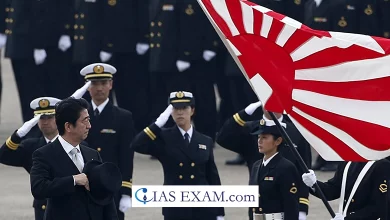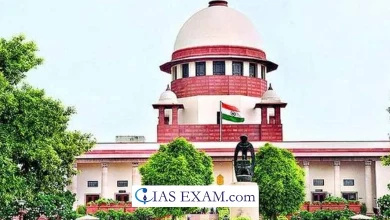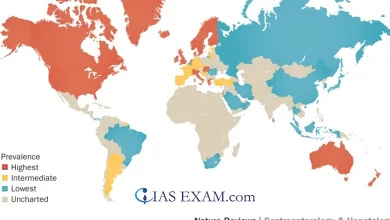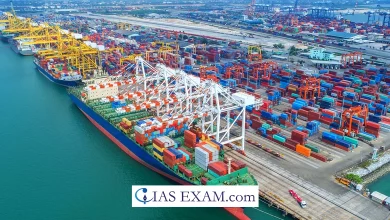Daily Current Affairs for UPSC
India-Nepal Economic Cooperation
Syllabus- International Relations [GS Paper 2]
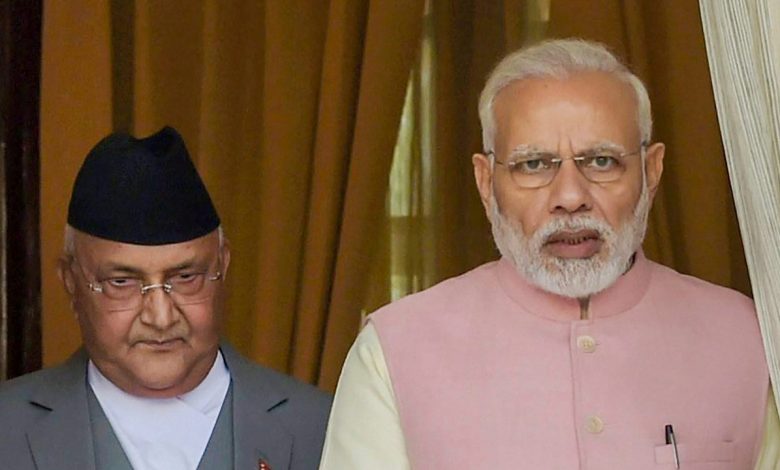
Context- For the benefit of both India and Nepal, as well as the region as a whole, the two nations recently agreed to intensify their economic and development cooperation.
Key Highlights
- The Indian Foreign Secretary met with his Nepali counterpart recently to talk about how to improve all bilateral relations.
- The visit is the latest in a long line of visits between the friendly neighbors.
Discussion topics:
- During the meeting, various aspects of Nepal-India relations were discussed, including power sector cooperation, trade, transit, education, culture, healthcare, and connectivity infrastructure.
- During the meeting, the majority of topics were discussed, including increasing Nepal’s development assistance, increasing investment, resolving connectivity issues, bilateral trade, and promoting power trade.
- Providing an international flight:
- Nepal urged India to provide an international air route so that the newly opened Pokhara International Airport and Gautam Buddha International Airport could operate efficiently.
- A common voice for the nations of South Asia:
- Nepal also suggested establishing a mechanism for South Asian nations to speak out together in international forums about climate change issues.
The “Neighbourhood First” policy of India
|
Relations Between India and Nepal
- India and Nepal have close and friendly relations that are marked by open borders, deep-rooted people-to-people contacts, and centuries-old cultural and historical ties.
- The long-standing “Roti Beti” relationship between India and Nepal is significant for India in light of its overall strategic interests in the region.
- Connecting borders:
- Over 1,850 kilometers separate the nation from five Indian states: Sikkim, West Bengal, Bihar, Uttar Pradesh, and Uttarakhand.
- Nepal, which is landlocked, heavily relies on India for goods and services transportation.
- Economic and trade ties:
- Nepal’s largest trading partner is still India, with bilateral trade exceeding $7 billion in FY 2019-20. Nearly all of Nepal’s third-country trade passes through India.
- In the past ten years, India’s exports to Nepal have increased by more than 8 times, while Nepal’s exports have almost doubled.
- India ensured that trade and supplies to Nepal continued without interruption despite the pandemic’s difficulties.
- Nepal now ranks 11th among India’s export destinations, up from 28th in 2014.
- It accounted for 2.34 percent of India’s exports in FY 2021-22. In point of fact, India’s exports account for nearly 22% of Nepal’s GDP.
Partnership for Development:
- Assistance in terms of money and expertise:
- Nepal receives substantial financial and technical support from the Government of India (GoI) for the implementation of large infrastructure and connectivity projects, as well as small, high-impact community development projects in crucial areas such as education, health, irrigation, rural infrastructure, livelihood development, and so on. all over the nation.
- Agriculture’s “New Partnership”:
- It was announced in April 2018 and focuses on collaborative projects in education, research, and agriculture.
- Both the Jayanagar-Bardibas and the Jogbani-Biratnagar broad gauge cross-border railway links are being built with financial and technical support from India.
- RSA for Rail Services Between India and Nepal:
- All authorized cargo train operators, including private container train operators, were permitted to transport Nepal’s container and other freight after India and Nepal signed a Letter of Exchange (LoE) to the India-Nepal Rail Services Agreement (RSA).
- Bridge over Mahakali River:
- India and Nepal recently signed a memorandum of understanding to build a motorable bridge across the Mahakali River to connect Dharchula (India) and Darchula (Nepal), with Indian grant assistance.
- Assistance with post-earthquake reconstruction through Operation Maitri:
- GoI was the first to respond to Nepal’s earthquake in 2015, and it carried out Operation Maitri, its largest international disaster relief effort.
- As part of its long-term assistance for post-earthquake reconstruction in the housing, education, health, and cultural heritage sectors, India provided Nepal with $1 billion.
Issues between India and Nepal
- Treaty of Peace and Friendship of 1950:
- In an effort to “strengthen and develop these ties and to perpetuate peace between the two countries,” India and Nepal signed a treaty of peace and friendship on July 31, 1950.
- Nepal came to believe that the treaty was “incompatible with national self-respect” over time.
- Madhesi Problem:
- In 2015, a border blockade erupted as a result of protests by Madhesis and other ethnic groups against the marginalization of their interests in the newly passed Nepalese Constitution, putting an end to India’s firmly established interests in Nepal.
- dispute over the Kalapani:
- India controls the area, but Nepal claims it for historical and cartographic reasons. At least 37,000 hectares of land in the High Himalayas constitute the largest boundary dispute between India and Nepal.
- Susta Border Controversy:
- Nepal and India disagree over the territory of Susta. It is part of the West Champaran district in Bihar and is run by India.
- Nepal claims that India has encroached on over 14,860 hectares of Nepali land in the Susta rural municipality, making the area a part of the West Nawalparasi District.
Way Forward
- There are a number of issues that have emerged that are putting a strain on this relationship. At the moment, it appears that both governments are working together to restore harmony, with the Indian government attempting to emphasize the special relationship through “religious diplomacy.”
- With the Indian government continuing to play a significant role in partnering the Nepali regime in development projects, India-Nepal relations must evolve into a more meaningful partnership on economic and geopolitical issues.





.png)
